By Ari Winer, Reading Room CLIP Intern
Young Victims: Child Survivors of the Holocaust
By the end of the Holocaust, over 1.5 million children were slaughtered at the hands of the Nazi Party and its collaborators. In ghettos, children were often killed by starvation or disease. In concentration camps, the majority were immediately sent to gas chambers or shot along with their families. However, despite the violence they faced, many courageous children survived Nazi persecution either on their own or with the help of others, often strangers.
Papers of Genia Silkes, RG 1187, folder 88. Collection of YIVO Archives.
Some children were able to escape before the start of the war through various rescue efforts. One such effort, the Kindertransport, was an operation that brought predominantly Jewish children out of Nazi-occupied territories through temporary travel visas given by the British government. Selected children were taken by train and, at the time, believed they would reunite with their families once it was safe to return. By the war’s end, the majority had no family to return to.
Despite the operation only lasting from 1938-1940, the Kindertransport saved the lives of approximately 10,000 children from Nazi persecution. Still, for the majority of Jewish children in Nazi territory, the worst was yet to come.
Throughout the Holocaust, children were typically treated no better than adults. They were beaten, starved, worked to exhaustion, experimented on, and in most cases, killed. Deemed unfit for work, the youngest had the lowest chance of survival. Separated from their families, surviving children had to adapt to the brutal conditions forced upon them.
OSE Photograph Collection, RG 494, folder 39. Collection of YIVO Archives.
After liberation, countless children were left without homes or families to return to. In response, numerous organizations stepped up. Translated from French to “Children’s Aid Society”, Oeuvre de Secours aux Enfants (OSE) provided shelter and care for the children as they rehabilitated back into society. The OSE brought child survivors of all backgrounds to numerous rehabilitation homes across France where they worked to regain their understanding of the world, something they had lost in the camps.
OSE Photograph Collection, RG 494, folder 33. Collection of YIVO Archives.
One rehabilitation home in Écouis, France helped bring the young survivors from Buchenwald concentration camp back to life. Upon arrival, the children were deemed hopeless. The Director of the home, upset about the boys’ aggressiveness toward him, believed them to be born psychopaths as the reason they were able to survive the camps. They were apathetic, untrusting, uncommunicative, aggressive, and most of all, traumatized.
Approximately 100 of these children were transferred to a different home in Ambloy, France, where they met Judith Hemmendinger. Eventually promoted to Director of the home, Hemmindinger saw that despite all the horror they had endured, the spirit in these children remained alive. Together with a young counselor from Écouis, she made it her objective to restore the children’s faith in humanity and in themselves.
OSE Photograph Collection, RG 494, folder 40. Collection of YIVO Archives.
OSE Photograph Collection, RG 494, folder 49. Collection of YIVO Archives.
Elie Wiesel, a famed author and political activist, was one of these children, even writing the notes for his first book, Night, during his time at Ambloy. In a 1984 letter to Hemmendinger, Wiesel wrote of the influence her work had on them:
“…How did you succeed, Judith, to tame us?… The fact is that all the children could have chosen violence or nihilism but you succeeded to direct us toward confidence and reconciliation. You supported and encouraged us to choose a stake in the future and community… Judith, do you realize how much you meant to our existence?”
OSE Photograph Collection, RG 494, folder 51. Collection of YIVO Archives.
While working for the Central Jewish Committee, an organization representing Jewish displaced persons across liberated Poland, Genia Silkes collected children’s testimonies and drawings detailing their experiences as Holocaust survivors. A majority of these children had been orphaned in the years prior.
Papers of Genia Silkes, RG 1187, folder 32. Collection of YIVO Archives.
During the war, Silkes worked as a teacher in the underground schools of the Warsaw Ghetto, where both her husband and son were killed. She later fought in the Warsaw Ghetto Uprising, and following defeat and capture, Silkes was placed on a train heading to Treblinka extermination camp. In an act of courage, Silkes leapt from the train and hid on the Aryan side of Warsaw until after the war.
Papers of Genia Silkes, RG 1187, folder 3. Collection of YIVO Archives.
Silkes devoted the rest of her life to sharing the history and impact of the Holocaust by writing articles and giving public speeches to all who would listen, including numerous universities, summer camps, and Holocaust memorials. She worked for YIVO in both Paris and New York, where her archive is now available for public access, preserving her work and a message of remembrance for all to see.
Papers of Genia Silkes, RG 1187, folder 22. Collection of YIVO Archives.
As their stories grow older, the children behind them grow as well. Since then, these survivors have become our friends, our families, and our greatest inspirations. As the number of living Holocaust survivors continues to diminish, it is now our responsibility to ensure their memories live on.
Bernard Gotfryd Papers, RG 1380. Collection of YIVO Archives.
Items on Exhibit in the Lillian Goldman Reading Room through May 2025:
Child Survivor Testimonies, Circa 1945-1949. RG 1187. YIVO Archives.
Children’s Drawings of the War, undated, 1945. RG 13187. YIVO Archives.
Genia Silkes Speaking in London, 1964. RG 1187. YIVO Archives.
…
Other related material at the Center for Jewish History:
The Children of Buchenwald: Child Survivors of the Holocaust and Their Post-War Lives / Judith Hemmendinger and Robert Krell
Archival materials can be found in the Papers of Genia Silkes finding aid.
Additional Resources:
United States Holocaust Memorial Museum. “Kindertransport, 1938–1940.” Ushmm.org, 30 Sept. 2021, encyclopedia.ushmm.org/content/en/article/kindertransport-1938-40.
“Sikes, Genye (Genia) (March 3, 1914–November 17, 1984) — the Congress for Jewish Culture.” Congressforjewishculture.org, 2025, congressforjewishculture.org/people/2459/Sikes

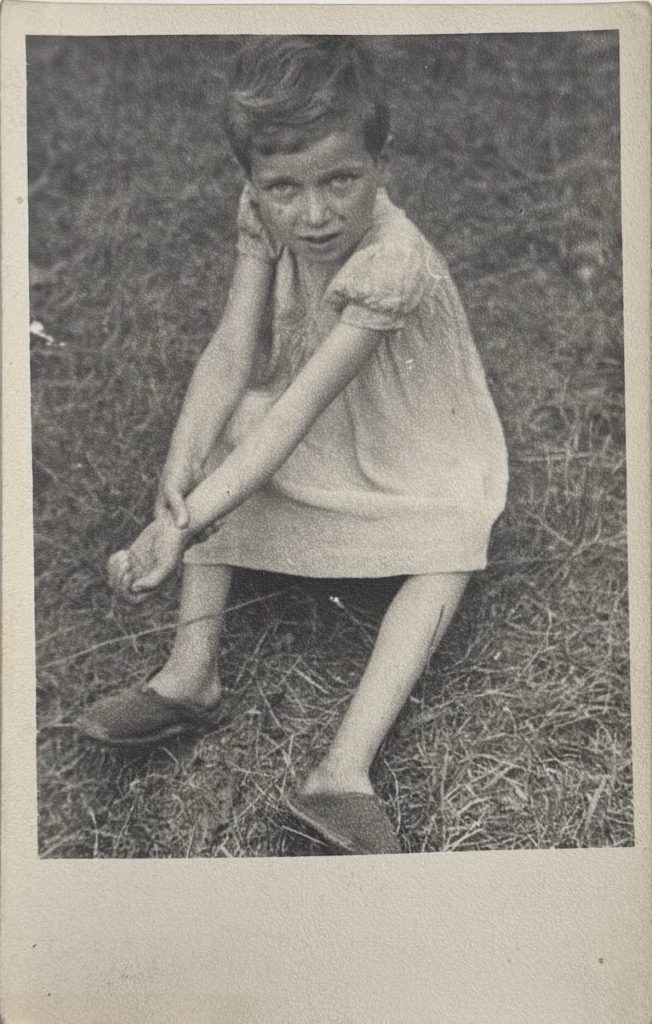
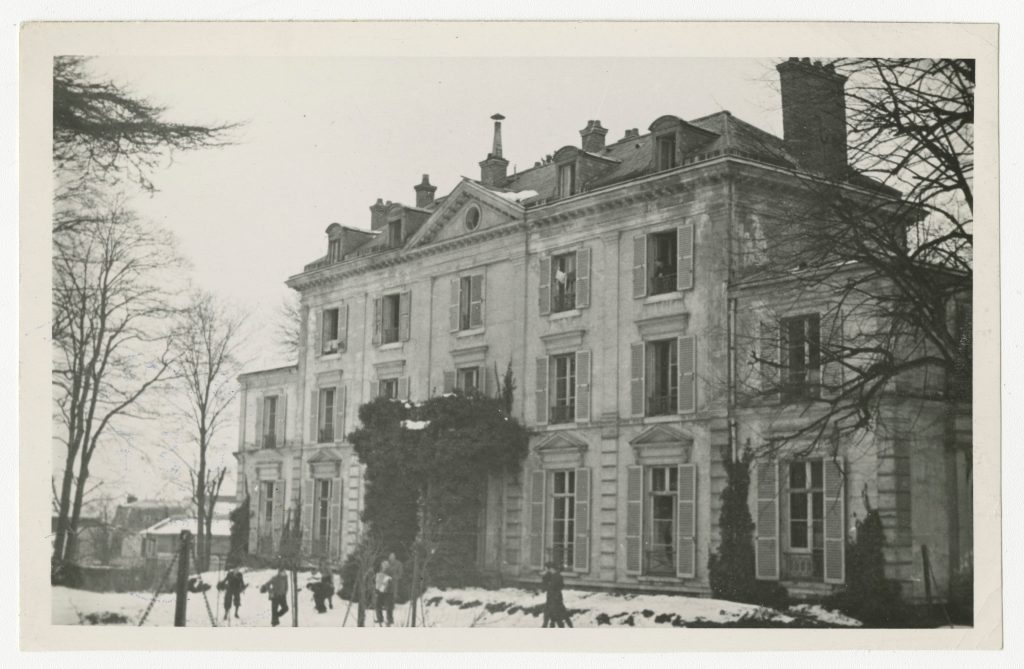
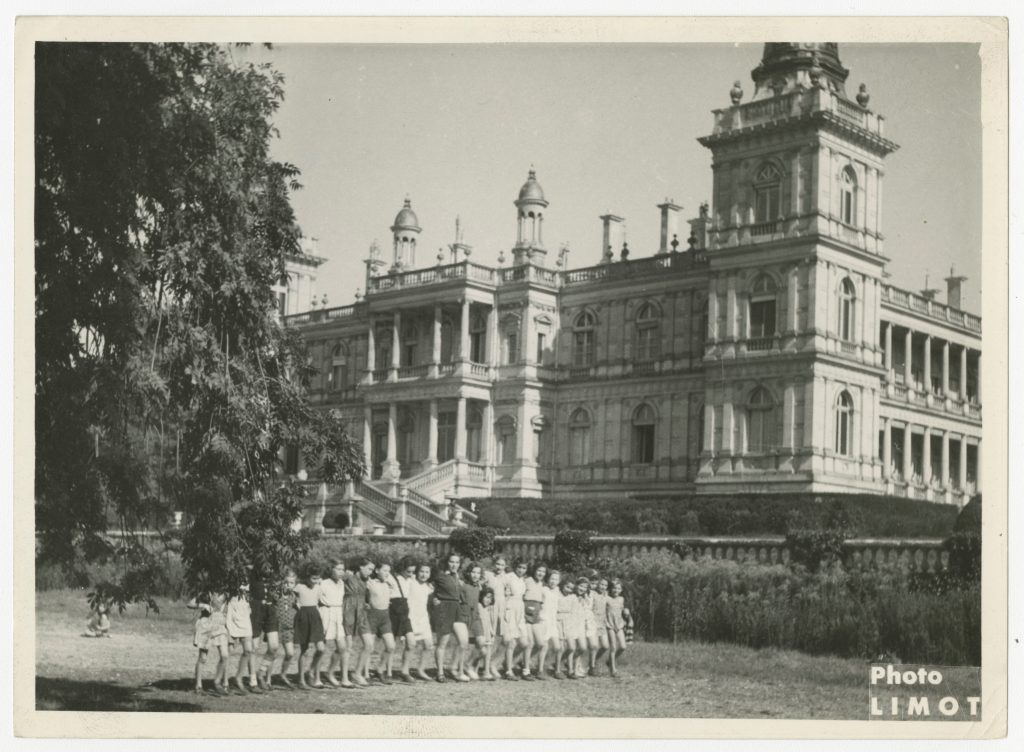
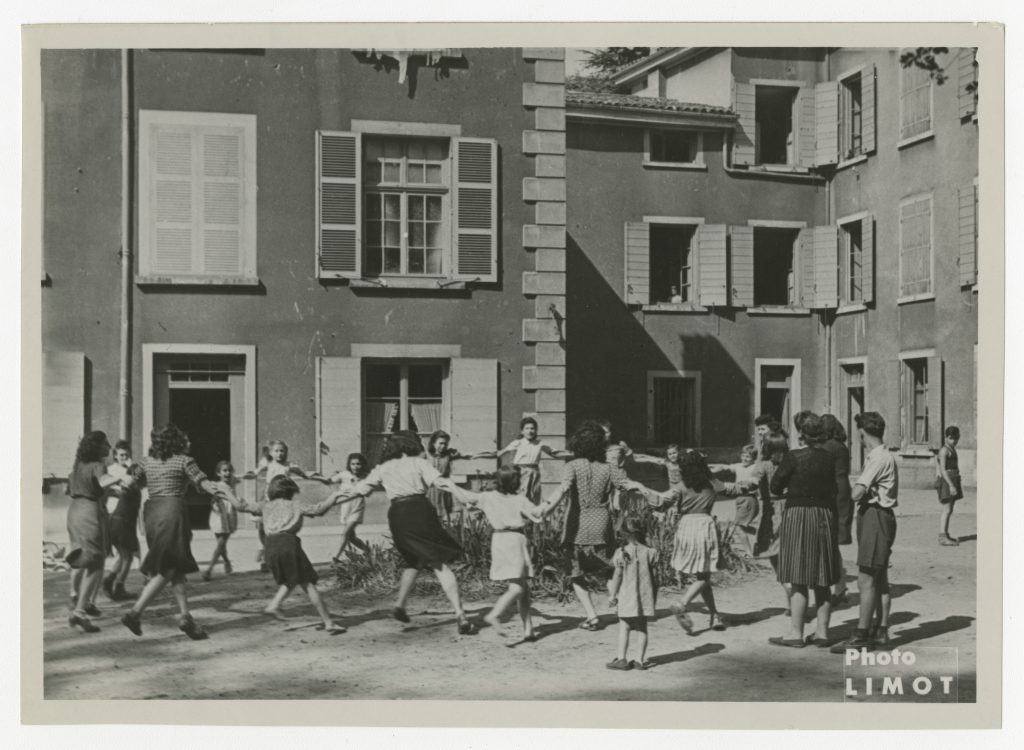
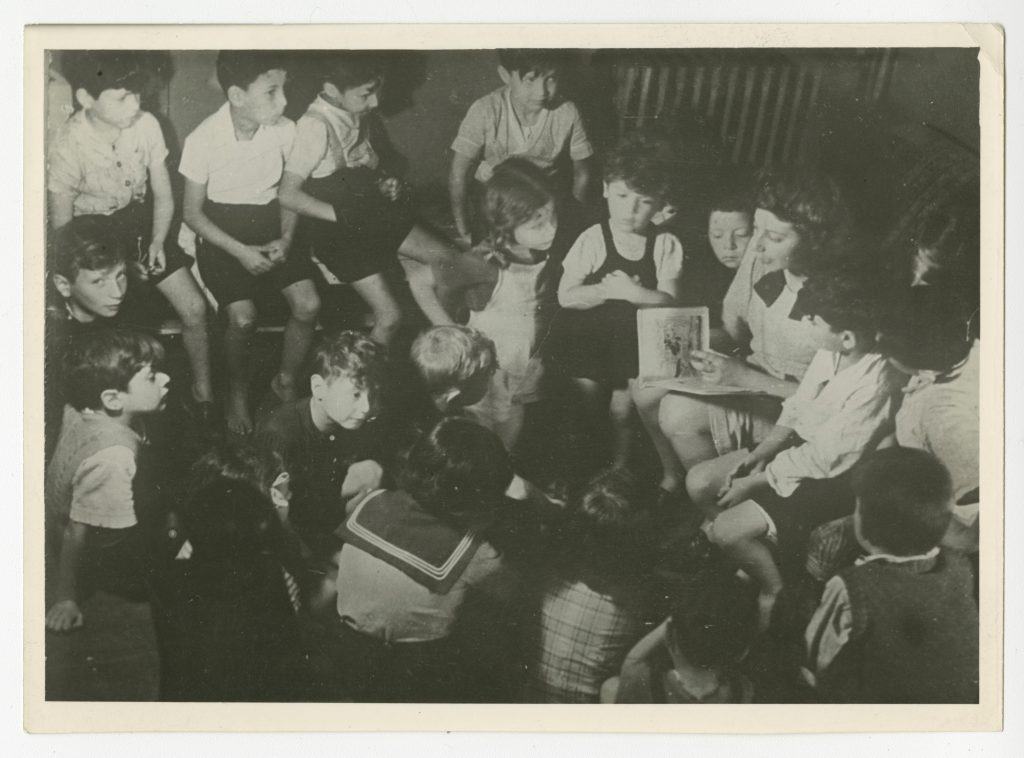
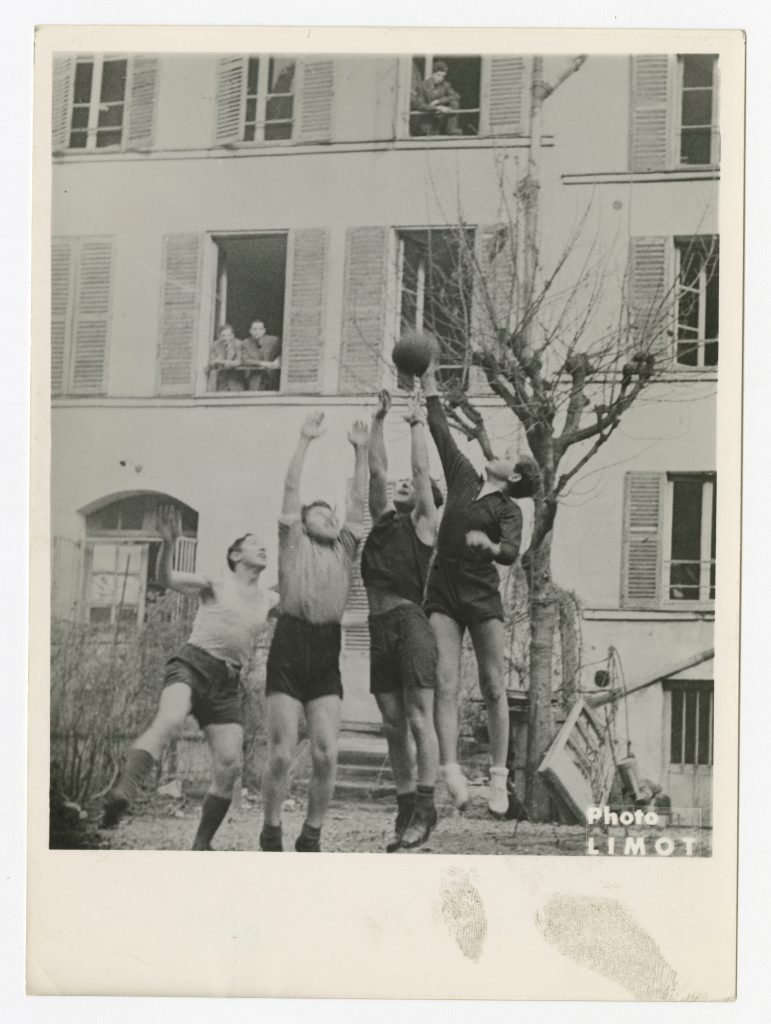
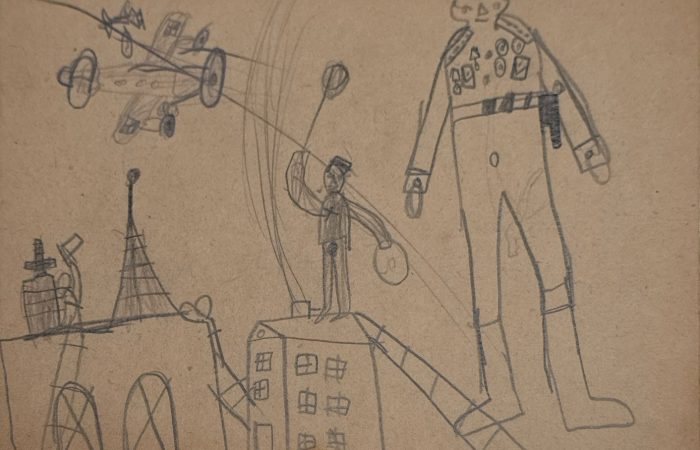
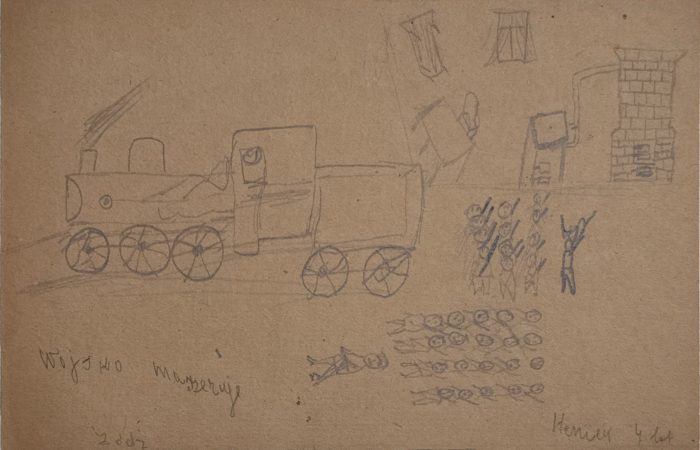
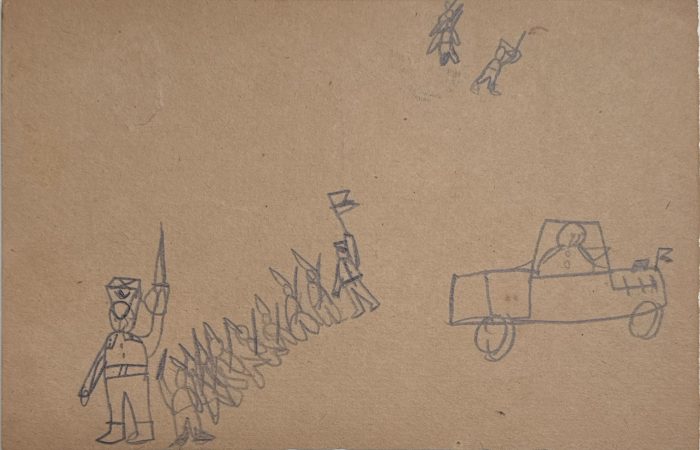
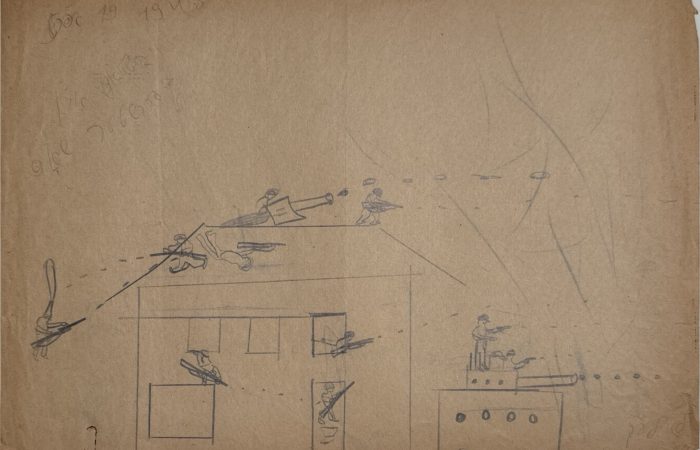
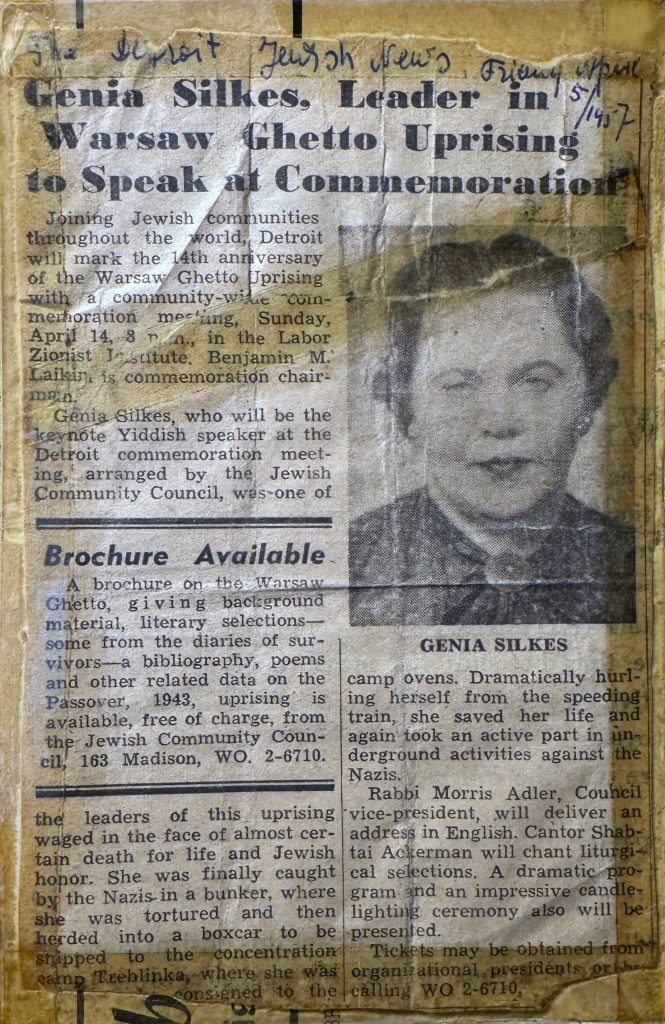
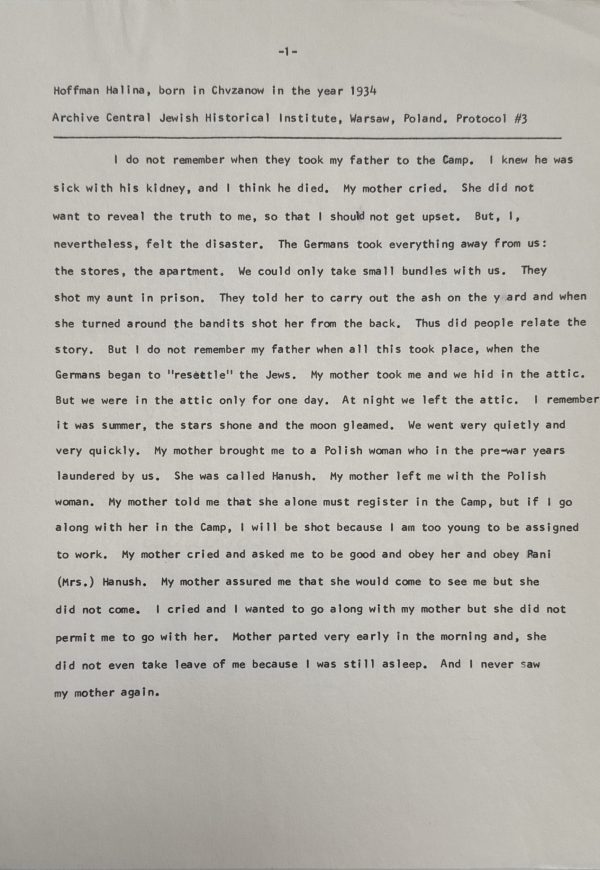
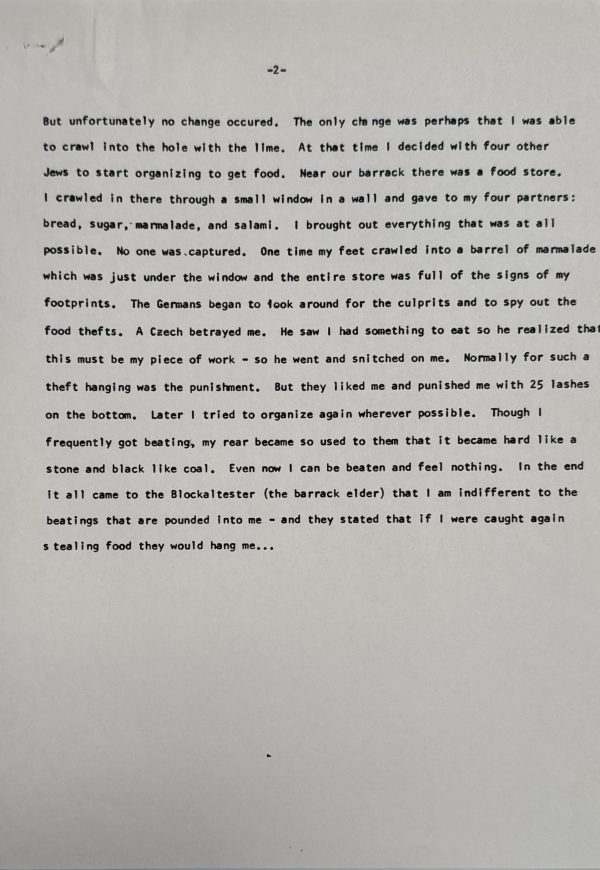
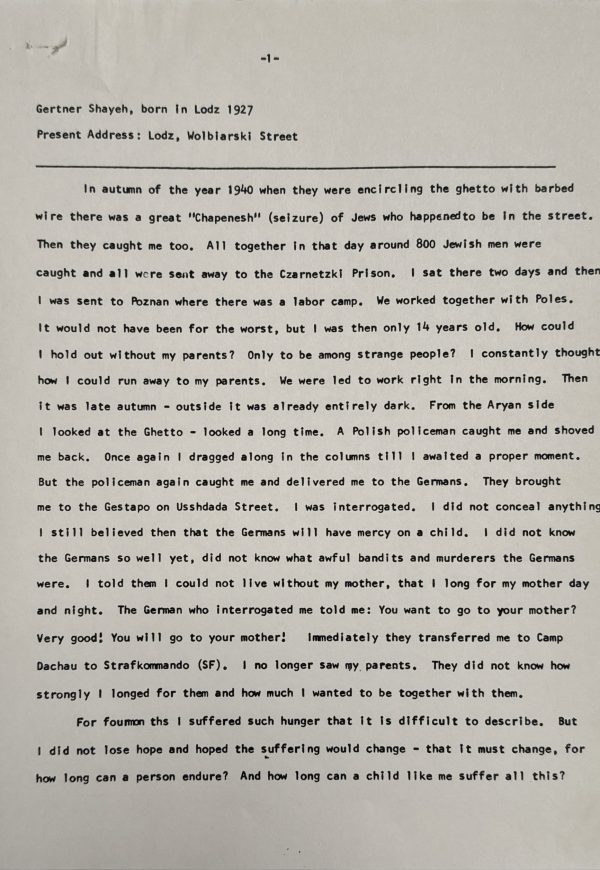
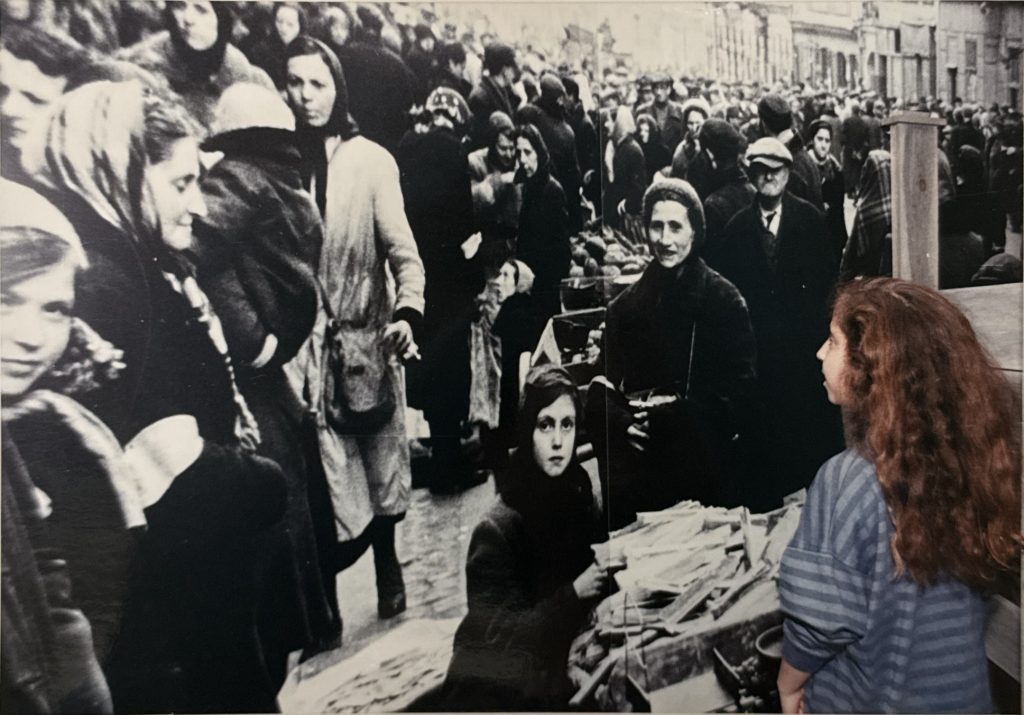
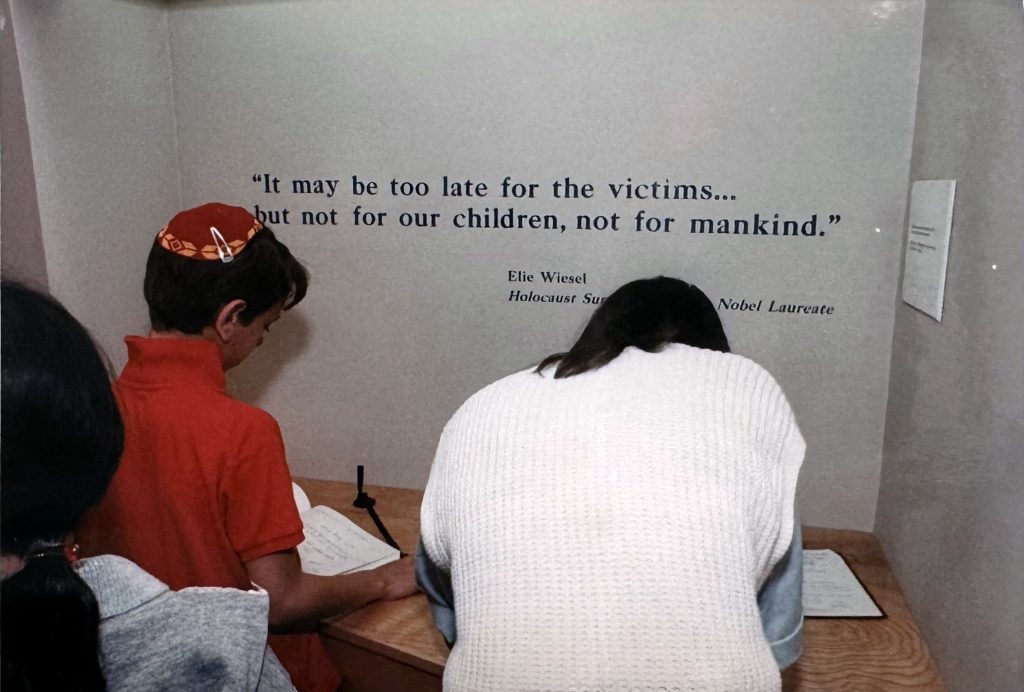
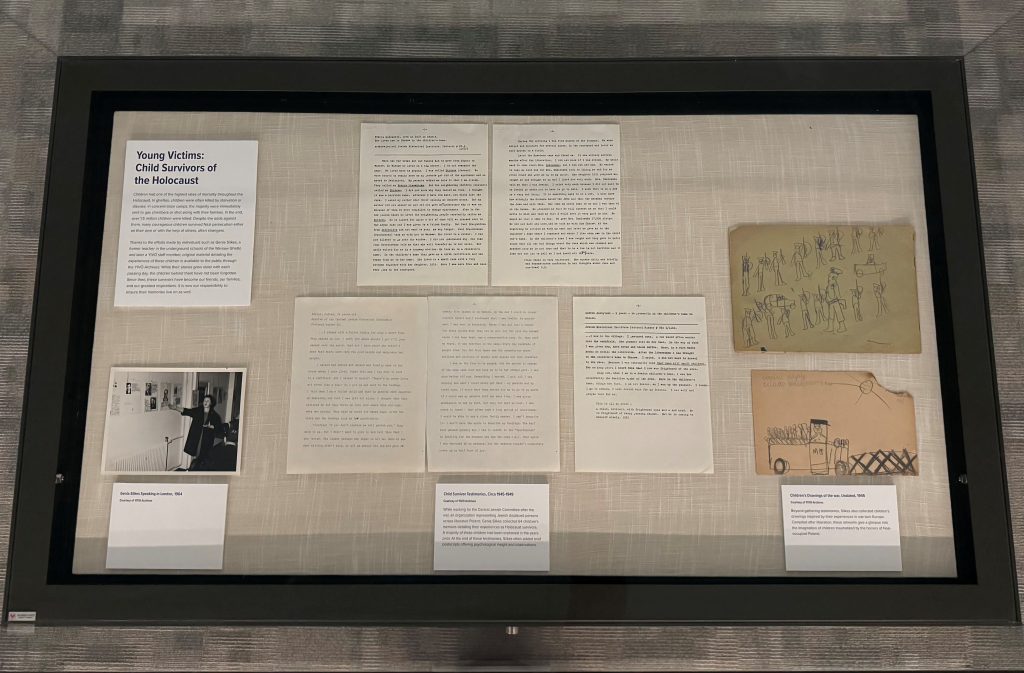



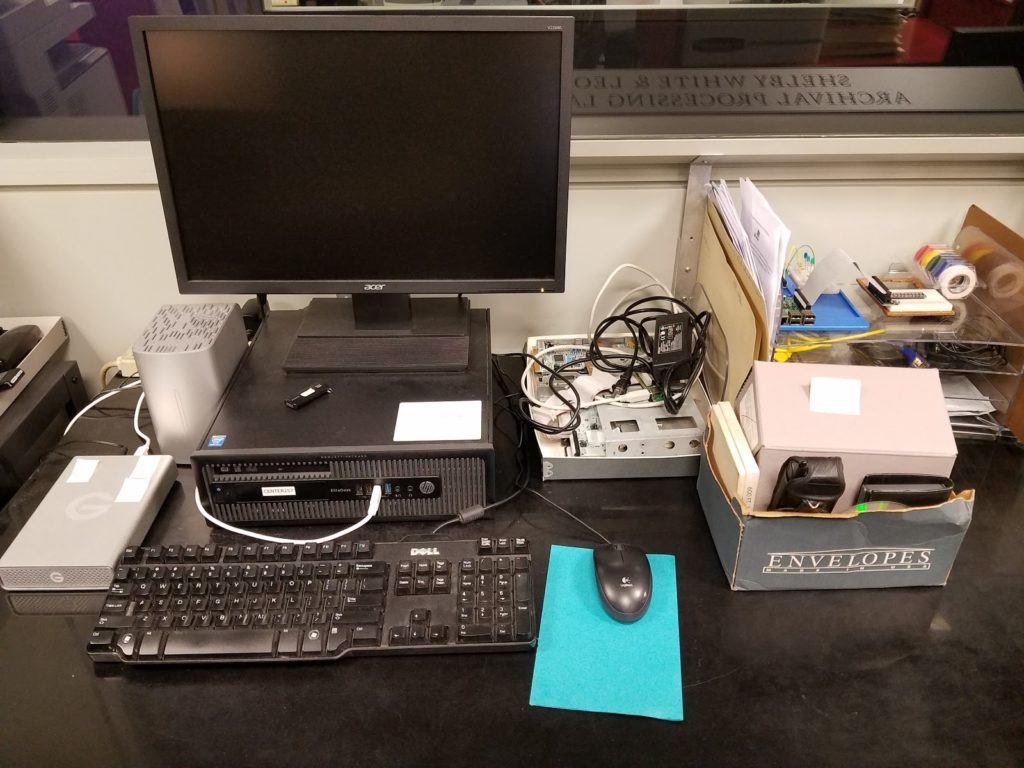
An extremely well researched, thoughtful and touching topic. The post Holocaust effect upon Jewish children has not received nearly enough academic and research attention. Your project will hopefully get others to give this topic some serious thought. KOL HAKAVOD!!
Fantastic stuff, eye opening and so needed in our current times. Great work!
Beautifully written